Since I wrote my last post, and with my lecture series coming up in 2019, I’ve been thinking more and more about Community in the context of a healthy art practice.
For me, it can be really easy to isolate artistically. I struggle with some common self-sabotaging creative blocks like:
“Someone else has already done this, what’s the point of my doing it?”
“Someone will steal my ideas or get credit for my labor/ideas.”
“My ideas aren’t really important, good, relevant, etc…”
These, among a litany of other personal and collective messages about creativity and artists, can really get in the way of a successful creative life. Community, but especially the COLLABORATION that emerges from Creative Community, is a way to break down barriers to art making.
Over the next three posts, I will be sharing encounters I have had over the last couple of weeks that emphasize the importance of community and collaboration as an artist. This week, we’ll start with Louis.
Louis Chavez

I met Louis through a friend of a friend. Louis Chavez is a Southern California transplant like me. They like to say, “We’re both California Girls.”
We both escaped our dessert hometowns to find healing and queer community in the cool moist air of the Northwest Coast. We’re ‘85 babies. We both love film photography. And, for now, we both reside in Rochester NY. Obviously, a collaborative duo destined in the stars.
Louis has encountered a lot of generosity as they have developed their photography practice. Friends, fellow photographers, willing to lend film, cameras and other resources in order that learning and creative development were possible.

Louis has taken this kindness and paid it forward with me. They’ve been willing to lend me film as well as their time and knowledge so I could understand my love of large format film photography better.
We’ve been meeting weekly for the past couple of months now. I feel very comfortable with Louis and during our last session, I started to get into an element of my performance practice that I usually only express when alone. I love the images he captured of my weird expression experiment.

My first two packs of 4” x 5” Kodak Film came in the mail this week (Ektar and Portra if you were wondering).
I’ll be moving much of my photographic practice into large format and I couldn’t be more excited. This wouldn’t be possible were it not for the collaboration and generosity with my friend Louis.
My ideas and my expression are important to Louis. He finds me inspiring and says so. His knowledge, patience, and support helps me feel confident and inspired too. When we work together we talk, laugh and create art. This collaborative relationship provides me with an experience to push back against of my limiting beliefs about my work and its importance. It is a very valuable bond.
I’ll be teaching a Lecture Series in the winter titled, “The Art of Being an Artist.” Lectures will take place on the third Thursday of the month January-March. In January my lecture will focus on the role of community and collaboration in my life as an artist. Look out for a full schedule of my lectures and classes and FCAC in the winter schedule!
follow Louis Chavez @llouischavezz & chavezlouis.com

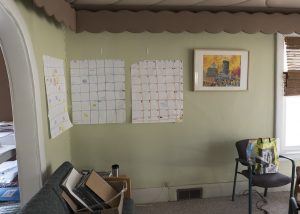
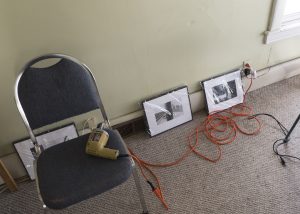
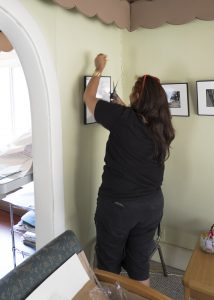
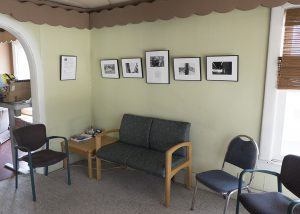
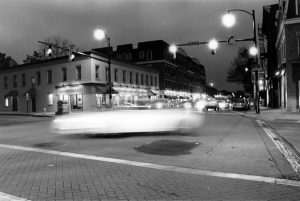
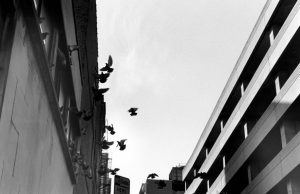
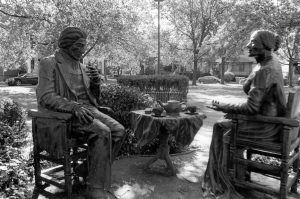
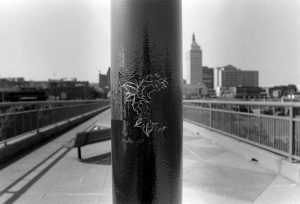
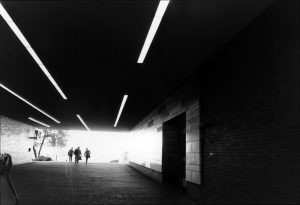

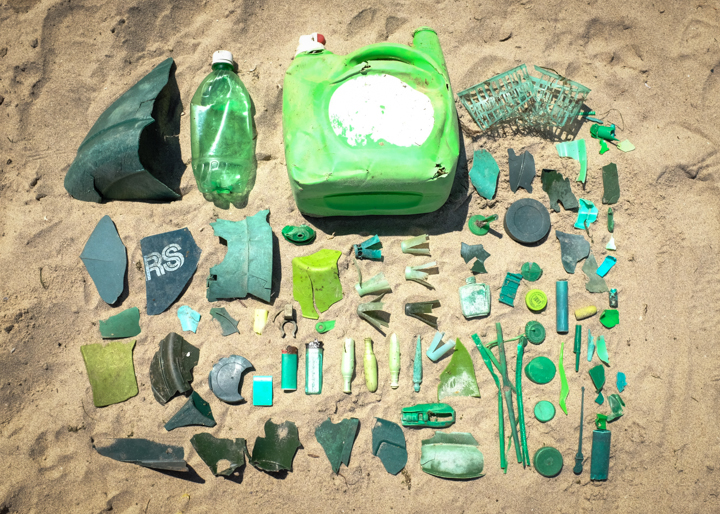
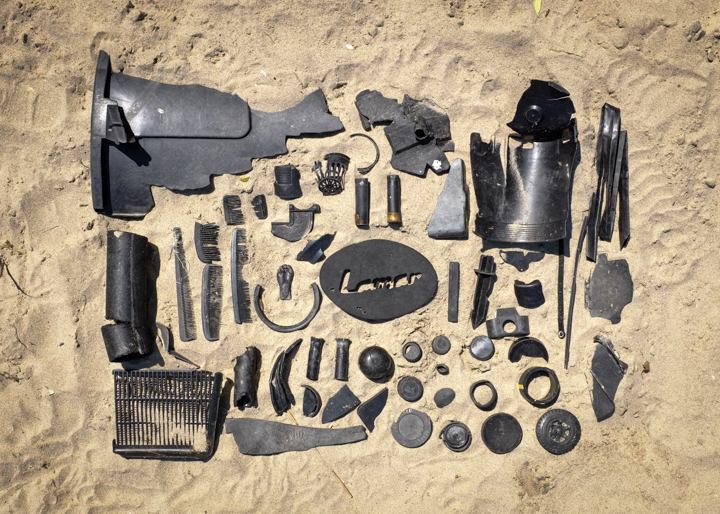
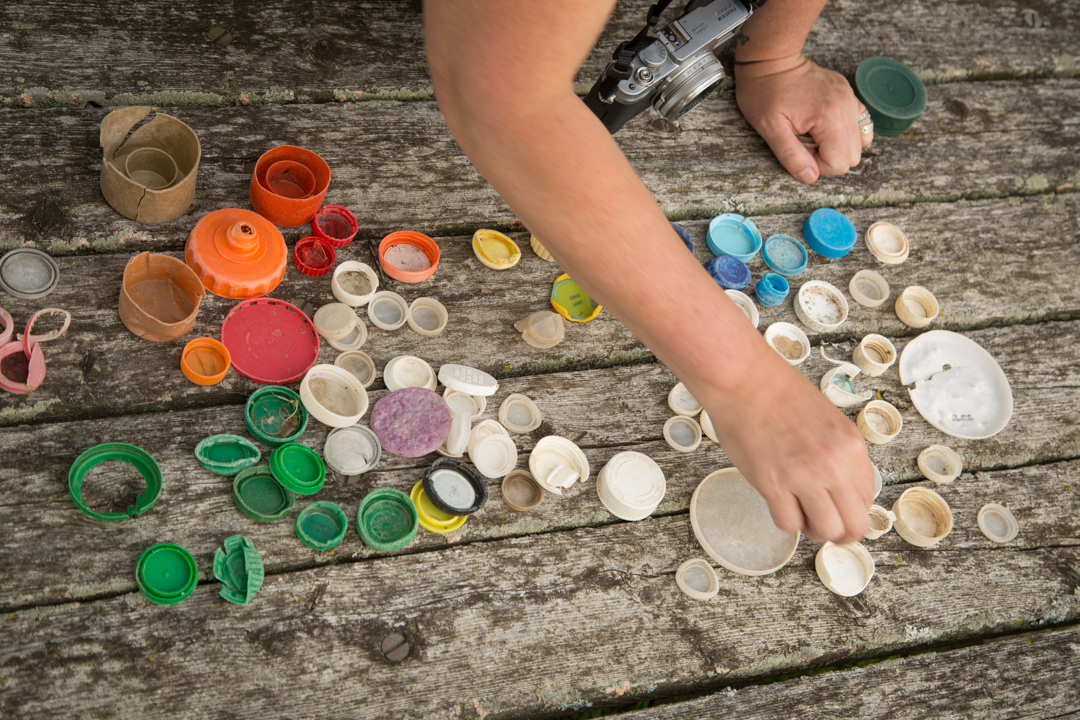
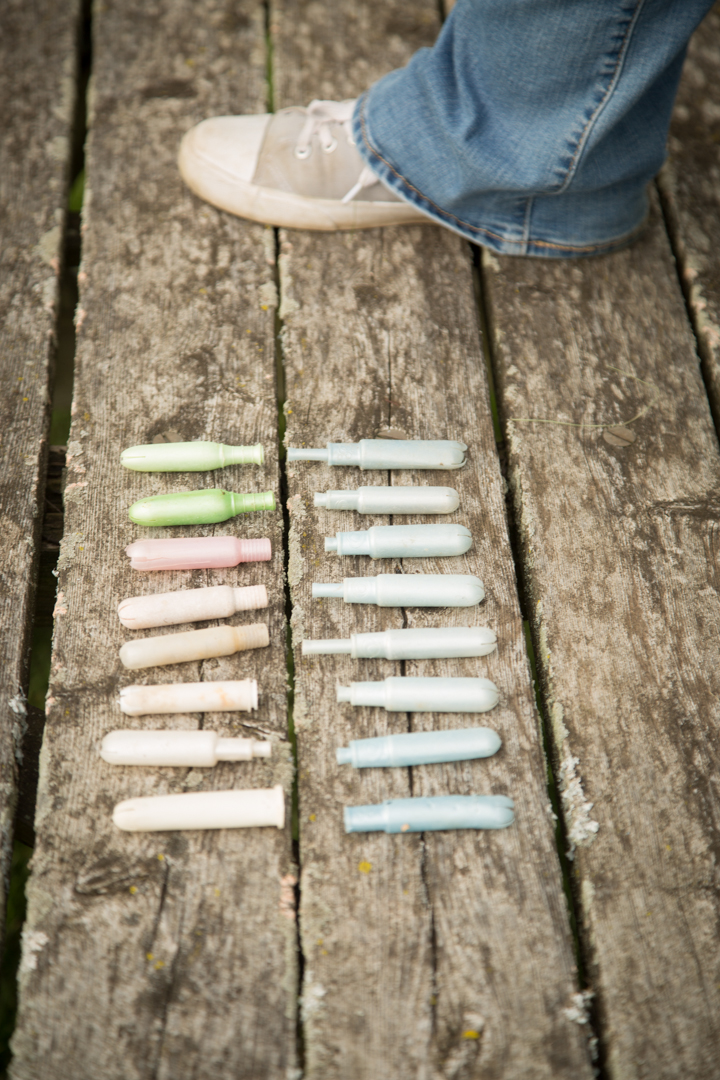

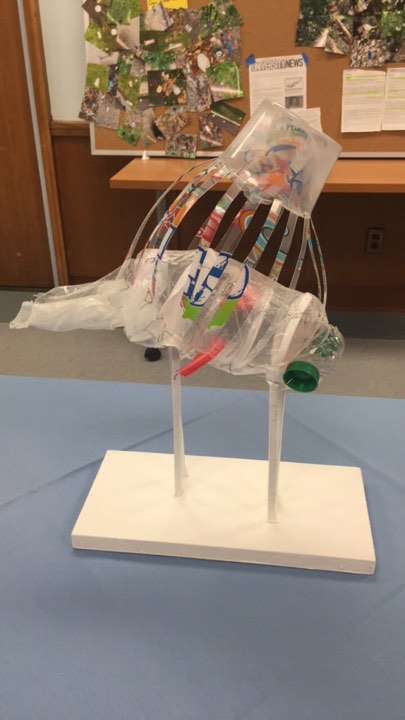
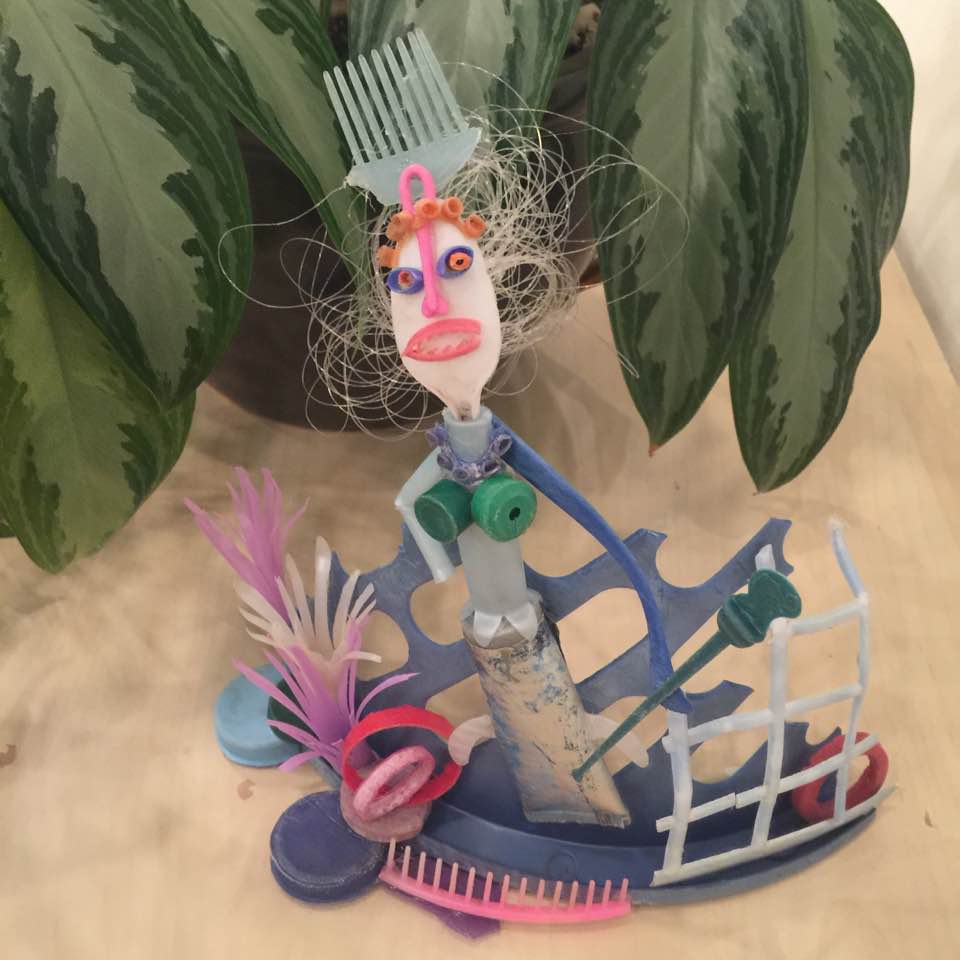

 Sometimes in the excitement of capturing an image, we lose sight of the story that makes up the person by not being present.
Sometimes in the excitement of capturing an image, we lose sight of the story that makes up the person by not being present. When you listen, you not only hear the emotion in your subject, you see it in their expressions. The longer you spend time getting to know them, you become aware of those nuances that make a memorable photo.
When you listen, you not only hear the emotion in your subject, you see it in their expressions. The longer you spend time getting to know them, you become aware of those nuances that make a memorable photo. 
